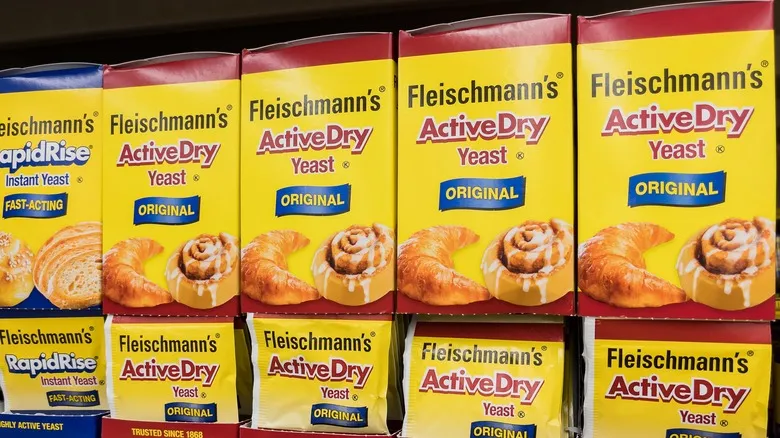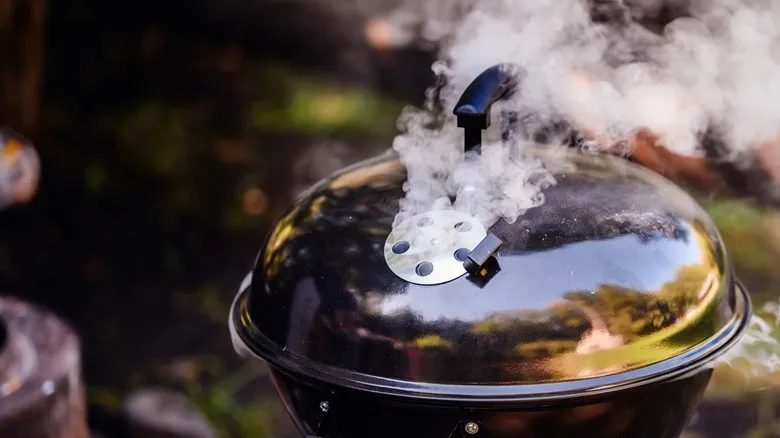Not all types of yeast need to be proofed
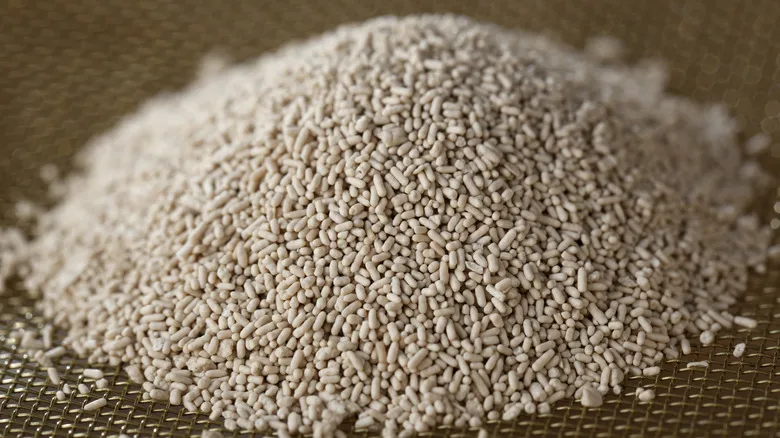
Baking bread at home can be cost-effective, but it won't be successful if you use poor-quality yeast. It's important to note that not all yeast varieties require proofing before use. For example, rapid-rise, bread machine, and instant yeast do not need to be proofed, as doing so can diminish their quick-rising properties when added to the dough. Instant yeast is more stable and has a longer shelf life, as it is less affected by temperature fluctuations and does not need activation. Similarly, rapid yeast contains enzymes that enhance rising speed but is essentially a type of instant yeast, making it equally robust. Conversely, bread machine yeast is specifically designed for use in machines and is akin to instant yeast.
The yeast types that require the most attention when it comes to proofing are active dry yeast and fresh active yeast, also referred to as "cake yeast." Active dry yeast must be dissolved in liquid to become active, unlike instant yeast, which can be mixed directly into a recipe. This yeast is sensitive to temperatures exceeding 110 degrees Fahrenheit and is typically sold in packets or small glass jars. After proofing, you should start to see bubbles from active dry yeast within five to ten minutes. Although it is quite perishable, it is ideal for recipes that require multiple rises. Fresh active yeast is generally available in compressed blocks and must be refrigerated, with a limited shelf life of a few weeks. As one of the most perishable yeast types, it is essential to proof it before use to confirm it is still viable.
Recommended

Level Up Your Cinnamon Rolls With One Popular Cereal
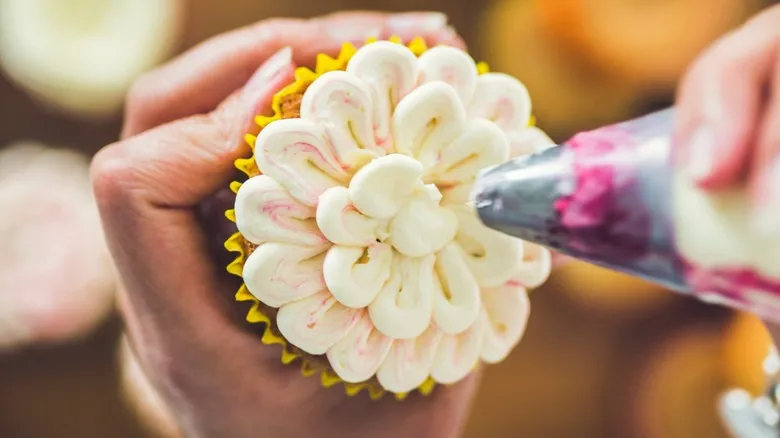
The Pantry Staple That Helps Stabilize Homemade Frosting

Christina Tosi's Rule Of Thumb For Adding Mix-Ins Into Cookie Dough
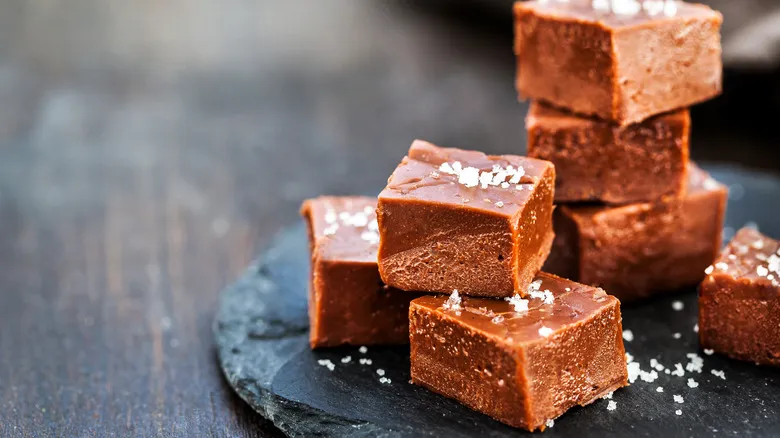
For Smoother And Creamier Fudge, Reach For One Unexpected Item
Next up

